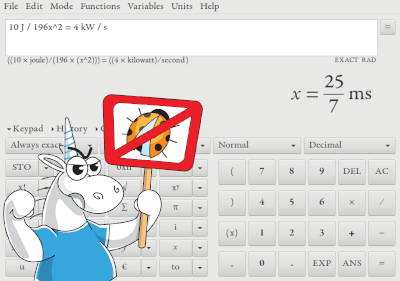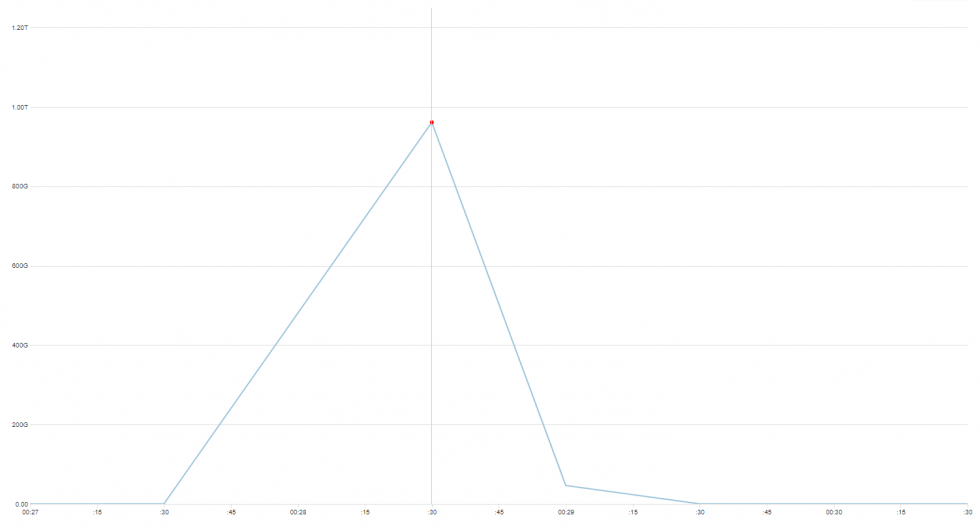Disposable pattern (Disposable Design Principle) pt.1
Disposable pattern (Disposable Design Principle)
I guess almost any programmer who uses .NET will now say this pattern is a piece of cake. That it is the best-known pattern used on the platform. However, even the simplest and well-known problem domain will have secret areas which you have never looked at. So, let’s describe the whole thing from the beginning for the first-timers and all the rest (so that each of you could remember the basics). Don’t skip these paragraphs — I am watching you!
If I ask what is IDisposable, you will surely say that it is
public interface IDisposable
{
void Dispose();
}What is the purpose of the interface? I mean, why do we need to clear up memory at all if we have a smart Garbage Collector that clears the memory instead of us, so we even don’t have to think about it. However, there are some small details.
This chapter was translated from Russian jointly by author and by professional translators. You can help us with translation from Russian or English into any other language, primarily into Chinese or German.
Also, if you want thank us, the best way you can do that is to give us a star on github or to fork repositorygithub/sidristij/dotnetbook.
















